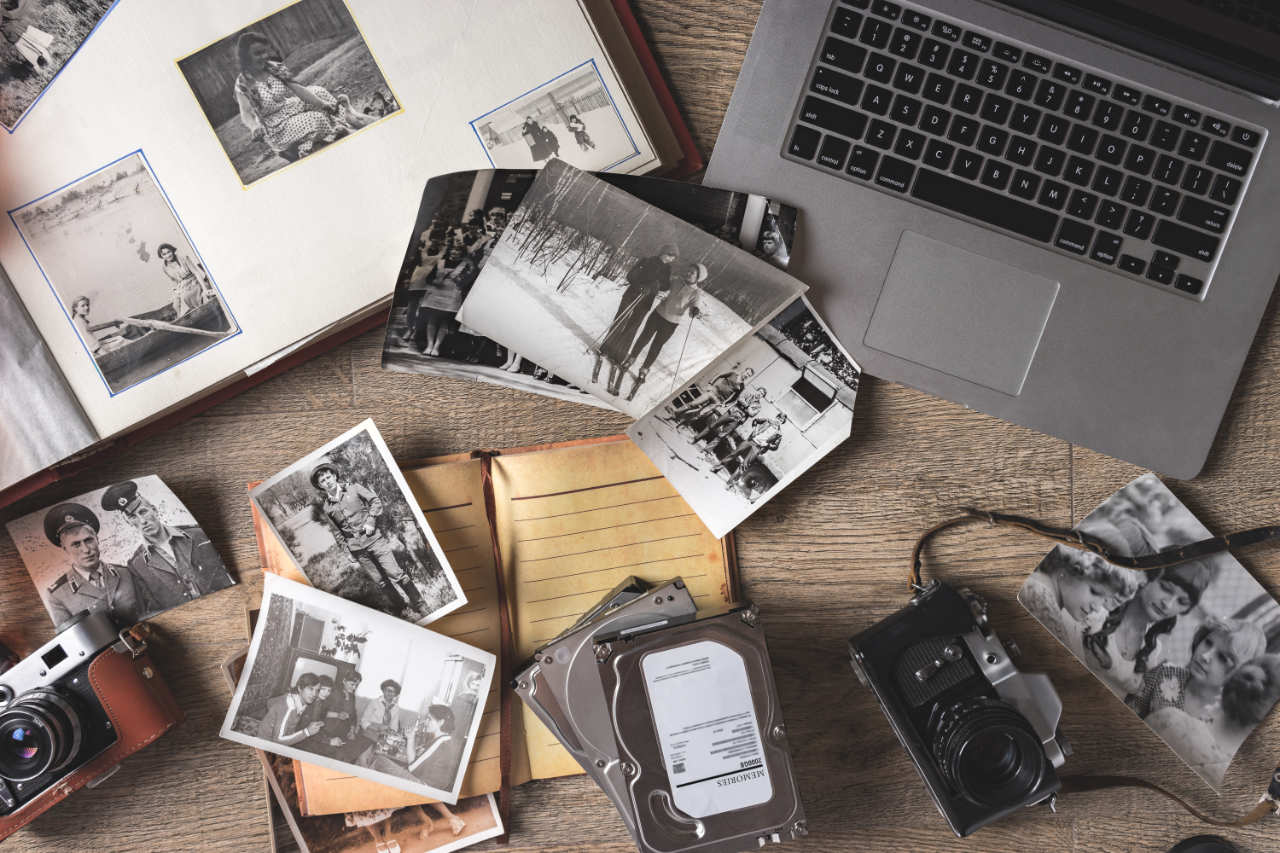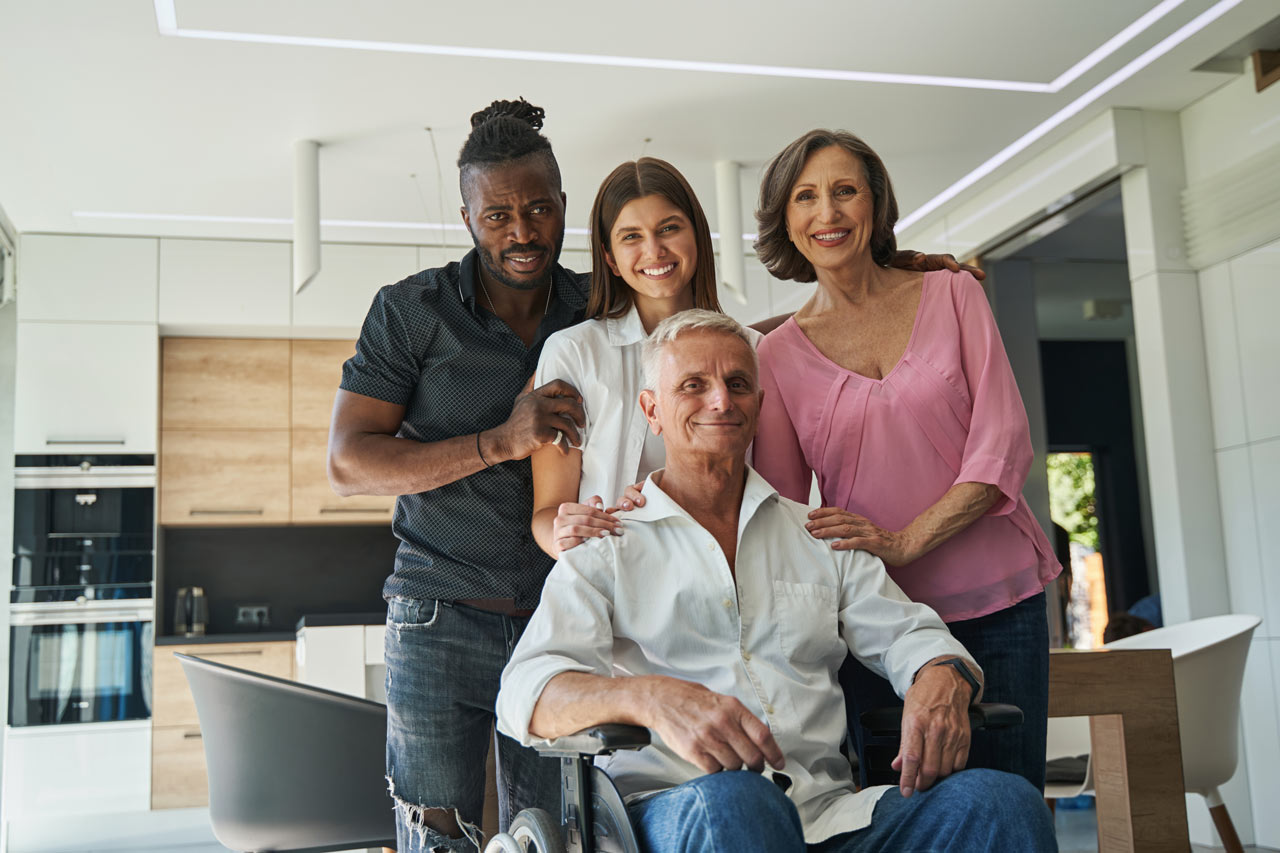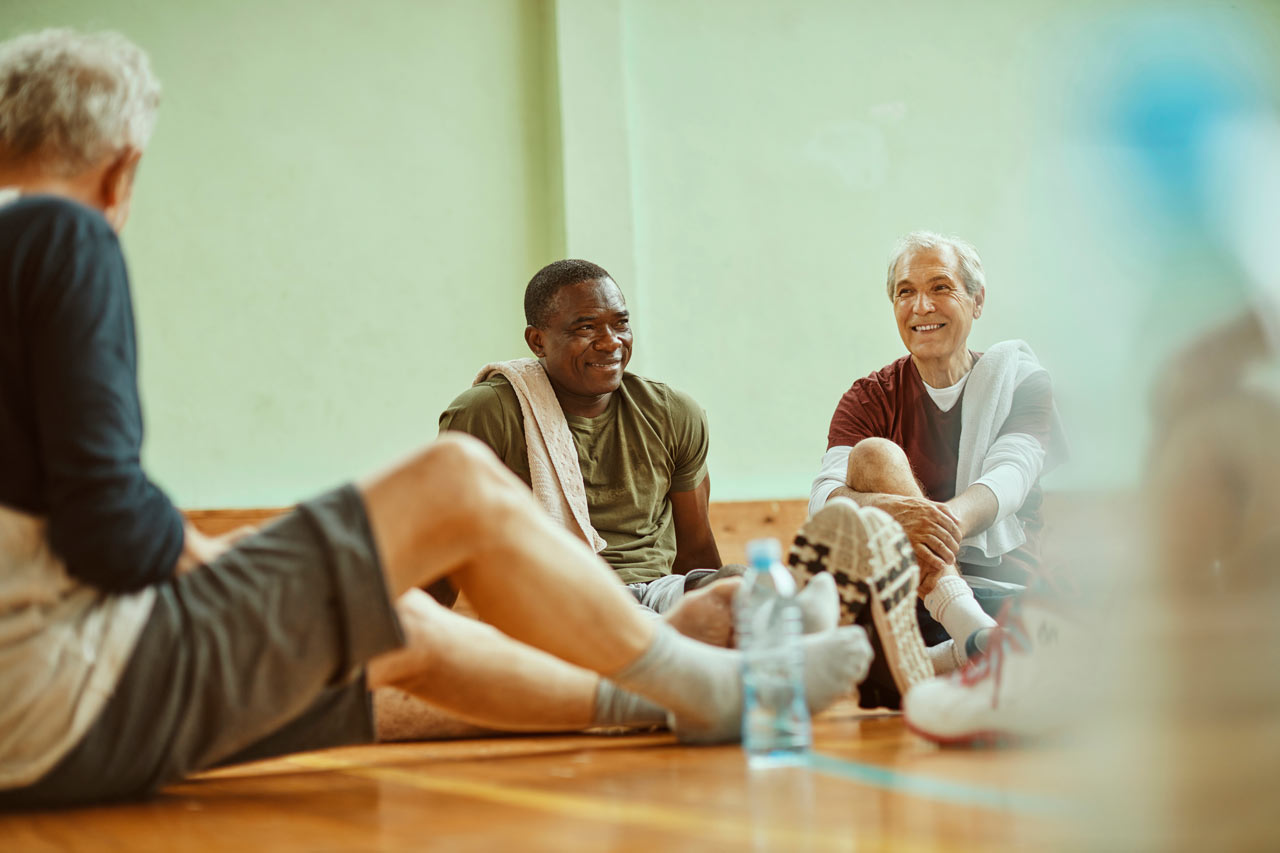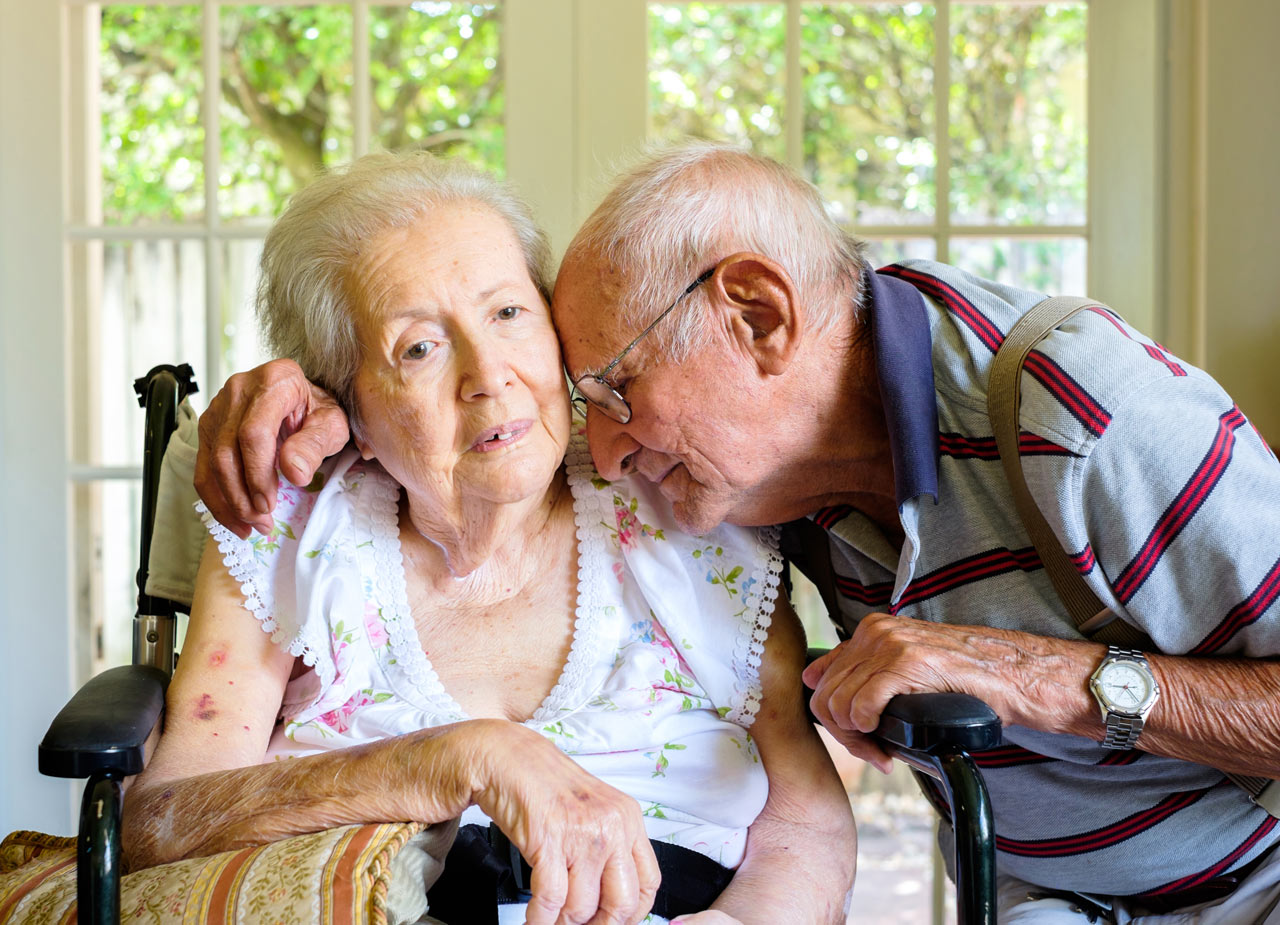8 Hacks to Support a Homebound Individual when you can’t be there
Here are some creative ways to cheer someone up without showing up
In the good old days, people visited with sick people and the elderly. With the increased busyness of family members, especially young people, it has become rarer for people to visit in person. The importance of engagement with people isolated by illness, age or lack of mobility is critical to their mental and physical health. We should not drop our responsibilities, however. Being smarter about accomplishing the same goal is the way to go.
Now with Covid-19 keeping us distant from our loved ones and those we care about, hacking the visits is critical for the health of the patient and our own. Here are some creative ways to cheer someone up without showing up.
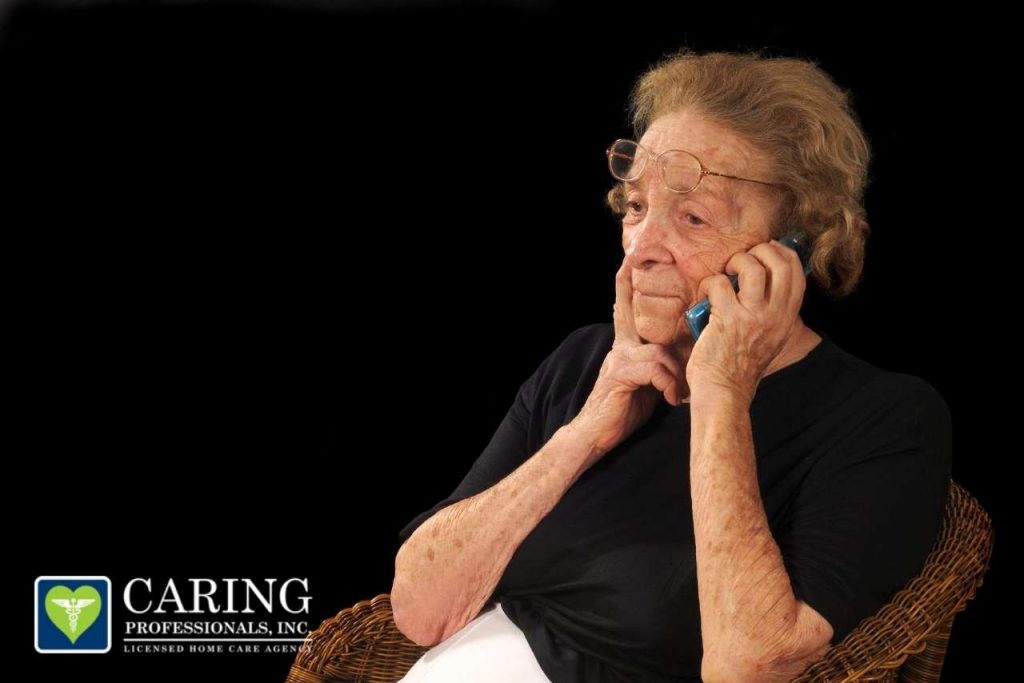
1. Send cards regularly
The easiest way to do this is to buy sets of blank notecards in a variety of designs. Play with words for something witty that connects to the image. Alternatively, simply say something like you are in my thoughts and prayers. Search greeting card sites for some ideas and text, which you can put into a Word file. Sit down and prepare several cards at a time that you can mail with regularity. Besides getting a handwritten note instead of a bill or junk mail, the receiver will feel the love from the regular correspondence. Organize your supplies and create a correspondence center for yourself. Stock it with stationery, cards, stamps, and a stamp with your address. Build a routine by designating one day a week when you send out cards. Weekends may be easiest.
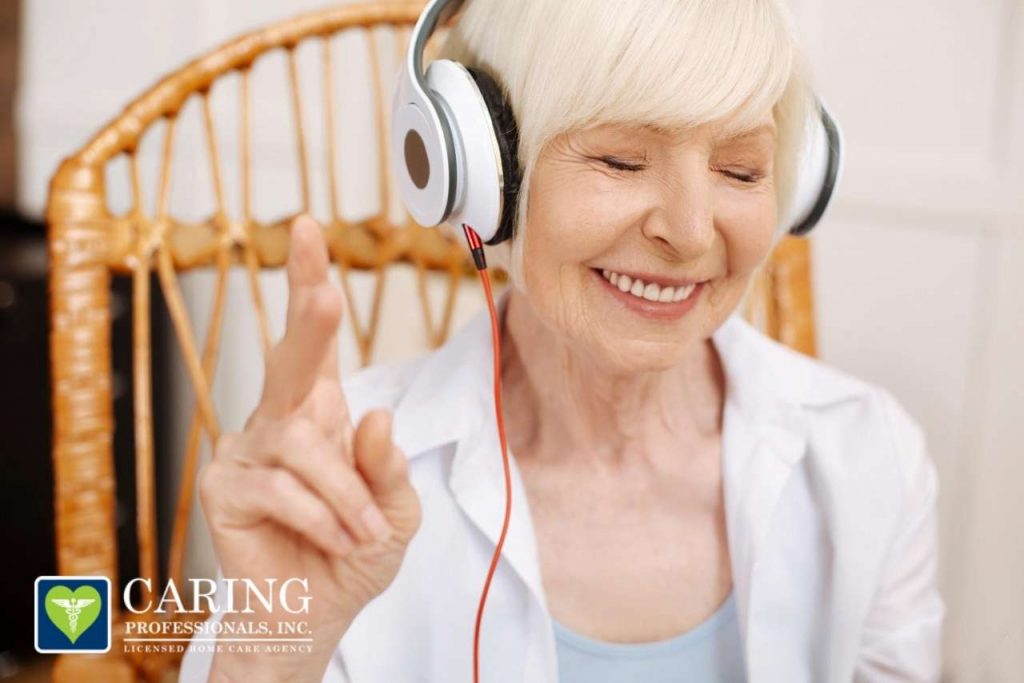
2. Create a playlist for your patient or loved one with favorite songs and singalongs.
Music is the language of the soul, quotation Music is so easy to explain, yet so inexplicable Quote. Remind them of a place or time when you were all together using a special piece of music, play “your song”.
This too has staying power because it will be replayed regularly. Like music, photos have a power all of their own. Transporting your loved one back into memories, helping the memories flood back.
4. Order a personalized tote bag with photos of loved ones and cheerful messages for the wheelchair or bedside.
They will see it every time they need to pick up a bag, they will pause and smile. That little catch in the throat, their friends might ask them about it, they can tell them, oh my daughter got it for me while I was isolating, and then beam.
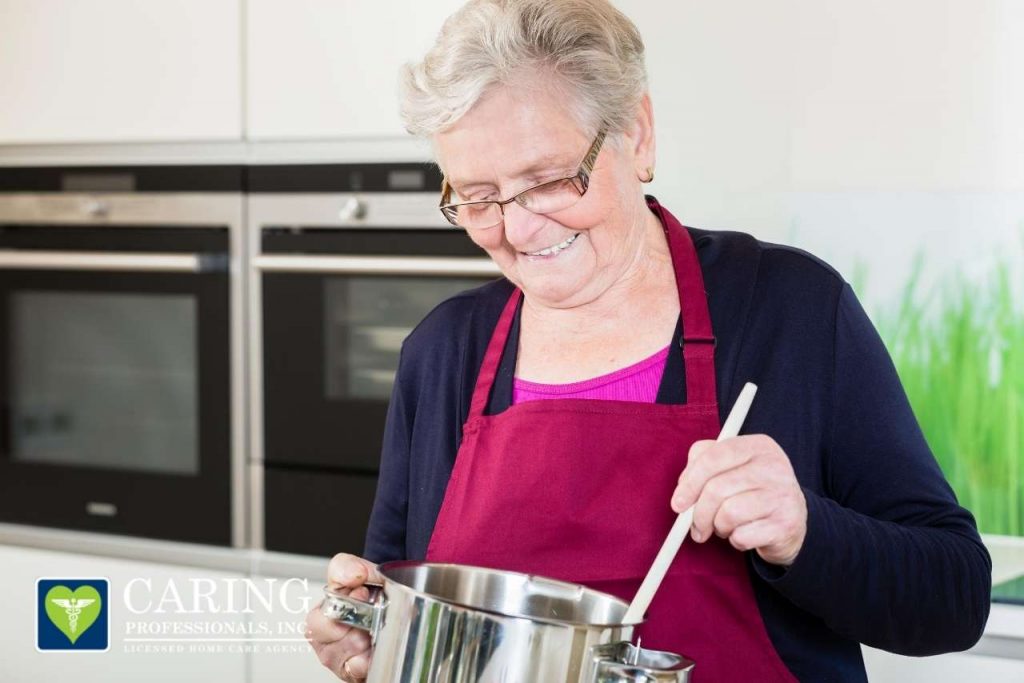
5. Stimulate the patient’s sense of smell and wellbeing by providing a diffuser, perfume, sachets to place into pajama drawers, or scented candles (if there is someone present all the time).
Scent is a powerful trigger for places, people and memories, perhaps the most powerful. A gift like this will evoke “that time you _____” or even create a new memory.
6. Provide thoughtful support for the patient’s caregivers such as small gifts for the nurses, aides, and family members.
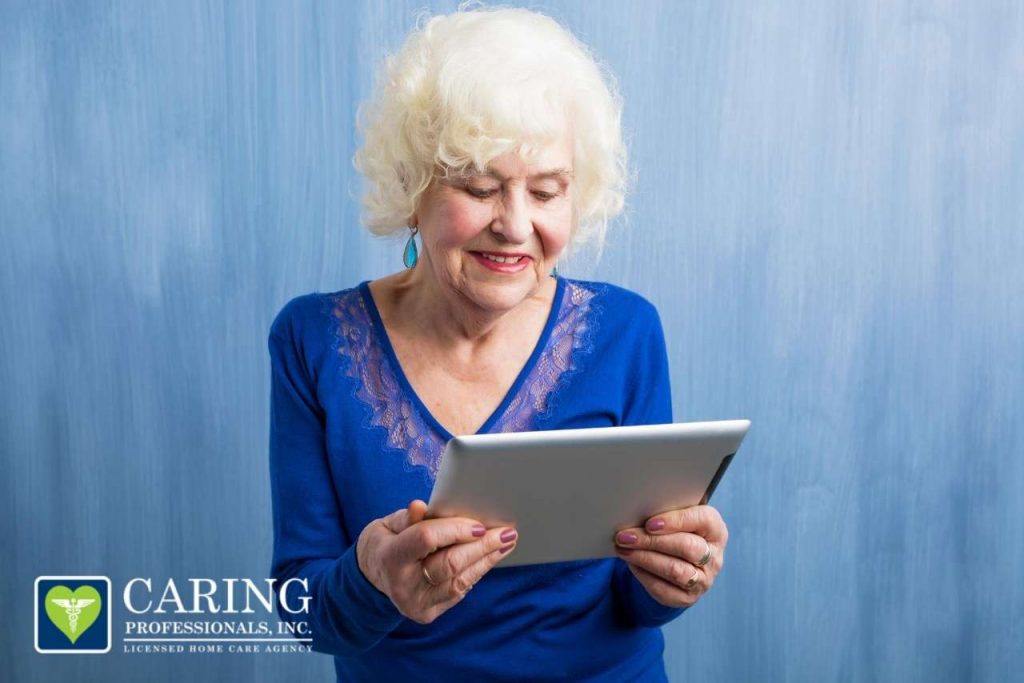
Happiness shared is a beautiful gift. Caregivers at times like this are a god send, literally. Small tokens of appreciation go a long way to making someone’s day. Box of chocolates, scented candles, or a photo frame.
7. Photobooks of past trips, exploits, and holidays will recall good times and prompt reminiscing.
Holidays, youth, love and place, little nudges for them to ruminate and reflect.
8. Plan joint family calls that include a message from each member. Families of young children can turn it into a ritual that is part of their bedtime rite.
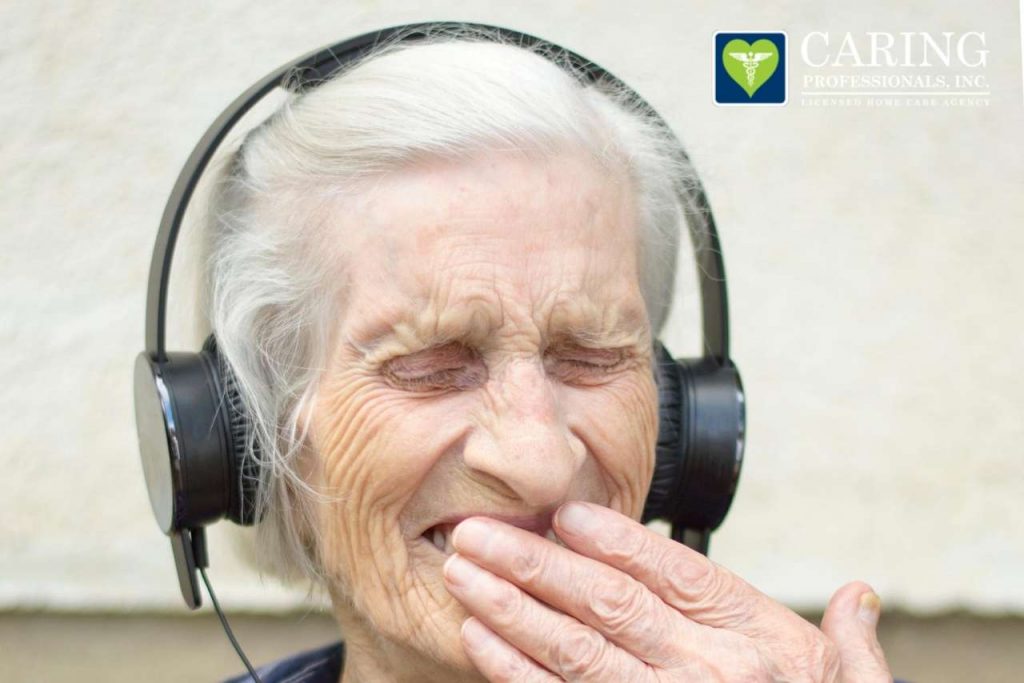
Your parents love you, but let’s face it, they really love the Grand kids, even a short call will improve the whole day for your parents. The bond between little children and their grand parent is a special bond.
Showing your loved one support from afar isn’t difficult. All it takes is a little creativity.


